While synthesizing a new blue pigment, a chemist notices that the new compound accumulates between an aqueous (water) environment and a hydrophobic environment
When added to a mixture of oil and water, the pigment creates a blue ring around the droplets of oil. Which of the following statements best describes this new pigment?
A) The pigment is a polar molecule and is forming hydrogen bonds with both the water and oil molecules.
B) The pigment is hydrophilic and will not form hydrophobic bonds with the oil.
C) The pigment is amphipathic, having polar and nonpolar regions.
D) The pigment is neither polar nor nonpolar; it is apolar.
E) The pigment is probably hydrophobic and is attempting to bond with the oil.
Answer: C
You might also like to view...
In the figure above, which number would designate the arctic tundra biome?
A) 2 B) 3 C) 4 D) 5 E) The arctic tundra is not designated by a number in the figure above.
What is the tallest tree in the world?
a. Sequoia sempervirensa b. Eucalyptus obliqua c. Eucalyptus delegatensis d. Shorea faguetiana e. Shorea faguetiana
The figure below depicts a human embryo. The cells in the inner cell mass (indicated by the arrow) are:
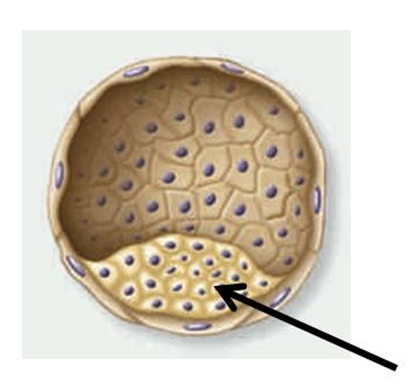
A. totipotent
B. pluripotent
C. multipotent
D. unipotent
E. omnipotent
During normal climatic conditions with regular rainfall, the average beak depth for a population of finches was 6.8mm. Researchers found that after a drought, average beak depth increased to 8.8mm. Birds with deep beaks (>9mm) were better able to eat large, hard seeds. Small hard seeds were also available after the drought, but could only be eaten by birds with shallow beaks (<7mm). Choose the graphical representation and term that best represents what would happen in the post-drought finch population if both types of seeds continue to be available.
A. 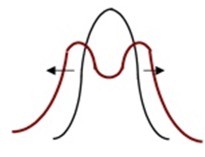 balancing selection.
balancing selection.
©2020 McGraw-Hill Education.
B. 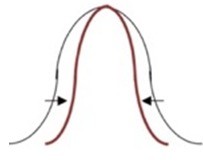 stabilizing selection.
stabilizing selection.
©2020 McGraw-Hill Education.
C. 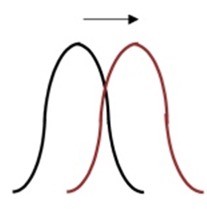 negative frequency-dependent selection.
negative frequency-dependent selection.
©2020 McGraw-Hill Education.
D. 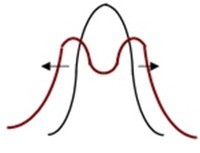 disruptive (diversifying) selection.
disruptive (diversifying) selection.
©2020 McGraw-Hill Education.
E. 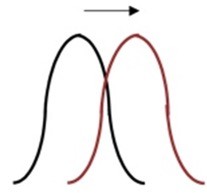 directional selection.
directional selection.
©2020 McGraw-Hill Education.